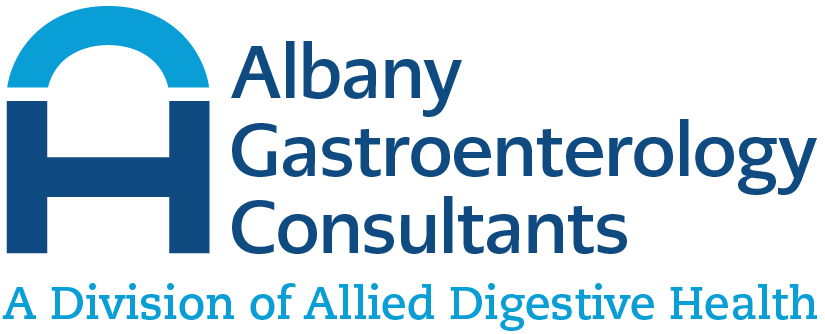Pancreatic Cysts Treatment
The pancreas is a large organ that is located behind the stomach. Sometimes, small sac-shaped pockets of fluid called cysts can form in or on the pancreas. Quite often, pancreatic cysts aren’t discovered unless imaging testing is being performed to check for other conditions, such as inflammation of the pancreas—pancreatitis. Most pancreatic cysts are benign, however, abnormal cells in them can develop into cancer cells, and eventually pancreatic cancer if there is no proper pancreatic cyst treatment. Read on to learn more about the different types of pancreatic cysts, what the symptoms and causes are, and when you should seek medical attention.
What Are Pancreatic Cysts?
Specifically, a pancreatic cyst is a closed sac filled with fluid and lined with epithelium. There can be benign pancreatic cysts or malignant pancreatic cysts: benign means the cysts are harmless, while malignant means the cysts are cancerous and spreading. Quite often, your provider will take a sample during a diagnostic test to confirm a benign or malignant cyst, or cysts may just be monitored closely for several months.
Types of Pancreatic Cysts
There are over 20 different types of pancreatic cysts, many with different subgroups. However, the most common types of pancreatic cysts are:
- Pseudocysts. These are mainly filled with fluid and are often a side effect of inflammation of the pancreas (pancreatitis). If you have never had pancreatitis or a pancreatic injury, these are unlikely to develop. Pancreatic pseudocysts are not enclosed and are instead surrounded by tissue. Other things to note about pancreatic pseudocysts:
- They are benign
- They are a direct side effect of acute or chronic pancreatitis
- They are caused by a blockage or a leak in the pancreatic ducts
- They are the most common type of pancreatic cystic lesions
- Intraductal papillary mucinous neoplasms (IPMNs). These cysts begin in the pancreatic ducts that connect the pancreas to the duodenum, and they are the most common type of precancerous pancreatic cyst. These produce large amounts of protein and mucus in the lining of the cyst.
- Mucinous cystic neoplasms (MCNs). MCNs are precancerous growths that begin in the tail and body of the pancreas. They are much more likely to be found in women than men. Large cysts that divide in septations are more likely to become cancerous.
- Serous cystadenomas (SCAs). These cells have thick walls and are filled with fluid. In most cases, serous cystadenomas are benign, however, they can cause symptoms such as pain and jaundice.
What Are the Symptoms of Pancreatic Cysts?
Many patients do not have symptoms of pancreatic cysts at all, and they are typically found when the abdomen is being tested for another reason. However, some patients do experience symptoms with pancreatic cysts. These include:
- Nausea and vomiting
- Persistent abdominal pain, which can radiate toward the back
- Unintended weight loss
- Feeling full too soon after eating
- Bloating
Symptoms of cysts can occur months after a pancreatitis flare-up.
Causes of Pancreatic Cysts
The cause for many types of pancreatic cysts is not exactly known to researchers and physicians. However, the direct cause of pseudocysts is chronic or acute pancreatitis.
The pancreas makes digestive enzymes and hormones to be released through the pancreatic ducts (that connect the stomach to the duodenum). The digestive enzymes help break down food into proteins, fats, and carbohydrates, and hormones, such as insulin, regular blood sugar. These substances typically don’t “activate” until they travel out of the pancreas. However, when these enzymes or hormones become activated within the pancreas, inflammation of the pancreas can occur.
The most common causes of pancreatitis are gallstones (pebble-like stones that form in the gallbladder) and heavy alcohol usage. Because one of the main contributing factors to pancreatic cysts is pancreatitis, these risk factors would be the same when it comes to the development of pancreatic cysts, particularly pseudocysts.
Some genetic disorders are linked to pancreatic cysts as well, such as von Hippel-Lindau disease.
Treatment Options for Pancreatic Cysts
If pancreatic cysts are discovered or your gastroenterologist suspects pancreatic cysts, they may run one or more diagnostic tests to confirm the diagnosis so you can receive proper pancreatic cyst treatment. Your doctor will first give you a physical exam and ask about your medical history (such as pancreatitis in the family). Medical education and research have improved imaging tests so that the pancreas can be examined more easily. Your provider may order:
- Computerized tomography (CT) scan. This scan is commonly done in the beginning to gather data about the structure and size of a cyst. It is also the imaging study that frequently identifies the cyst incidentally when the study is being done for other reasons.
- Magnetic resonance imaging (MRI) scan. This can provide more information on the cyst, such as whether it is connected to the pancreatic ducts. It is the one doctors will usually use to monitor the cyst over time.
- Endoscopic ultrasound (EUS). This combines the use of endoscopy with ultrasound and offers detailed images of the pancreas. Also, fluid can be collected using the endoscope for evaluation.
In many cases, pancreatic cyst treatment isn’t needed, and instead, a method called “watchful waiting” is employed. Some pancreatic cysts don’t need monitoring at all (for example, a benign pseudocyst) while others do. In this case, you would stay in regular contact with your GI doctor and will likely have MRCP performed often to monitor your cysts.
You should seek treatment if you have persistent and severe abdominal pain that often presents with fever. Otherwise, pancreatic cysts are often caught by accident.
Pancreatic cyst treatment options include:
- Drainage. Sometimes cysts can be drained during endoscopic ultrasound or, less often, through the skin.
- Surgery. Sometimes surgical removal is needed for a pancreatic cyst. It depends on the location of the cyst, but some can be removed laparoscopically, which is minimally invasive. Others may require open or robot-assisted surgery.
Scheduling a Consultation with a Gastroenterologist
If you have pancreatic cysts or are worried about the development of pancreatic cysts after pancreatitis, you may need pancreatic cyst treatment. To schedule a consultation with an experienced gastroenterologist, you can contact any of Allied Digestive Health’s care centers here. We offer compassionate and comprehensive care for all of your gastrointestinal needs.

